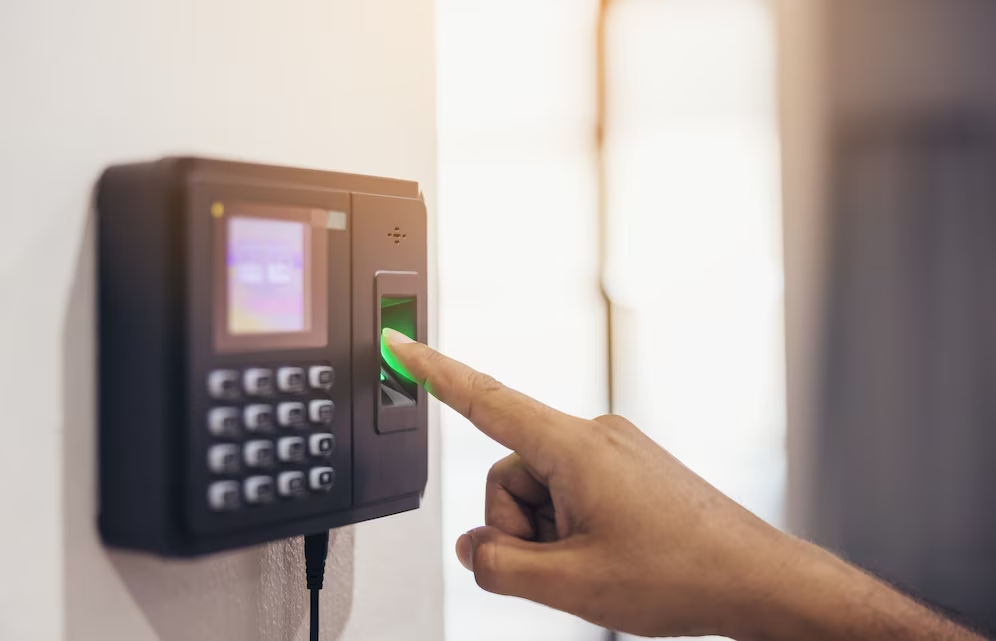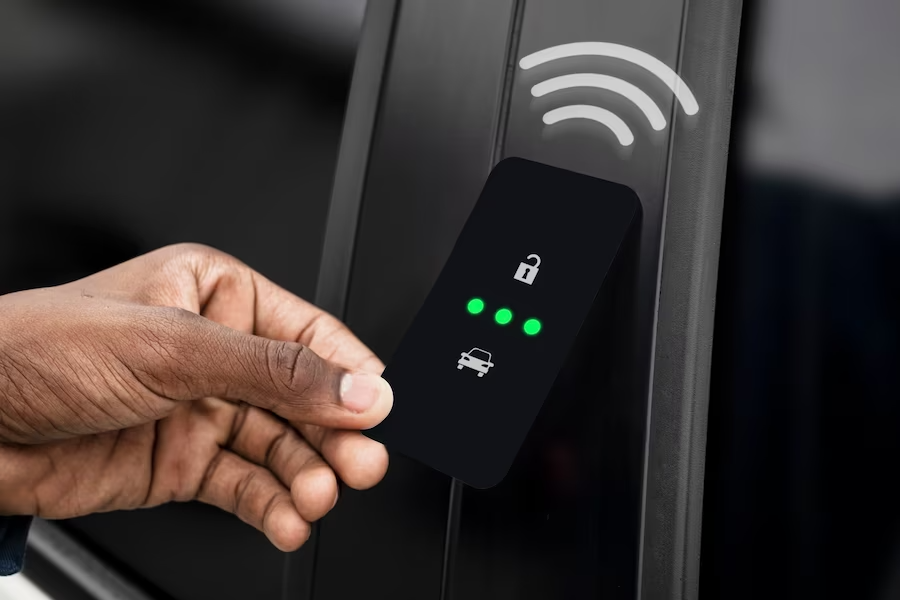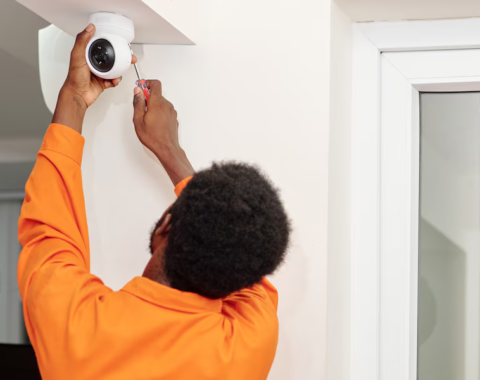Enhancing Security with CCTV Solutions
CCTV systems provide real-time monitoring of activities within the premises where they are installed. By observing the actions of employees and visitors at your business site, you and your team can have complete assurance regarding the events transpiring under your supervision.
Access Point Control Systems are commonly employed to regulate entry to residential communities, apartment complexes, office buildings, storage facilities, and industrial sites. These systems facilitate centralized management of intricate networks of access control devices situated at numerous entry points. They offer customizable access permissions, including different access levels, one-way passage, time-restricted entry, and other features, ensuring comprehensive control over site access.
Types of CCTV Cameras: CCTV cameras come in various types, each designed for specific surveillance needs. For example:
- Dome Cameras: Ideal for indoor surveillance, offering discreet and unobtrusive monitoring.
- Bullet Cameras: Suited for outdoor use, providing long-range visibility and weather resistance.
- PTZ Cameras: Offering pan, tilt, and zoom capabilities for flexible coverage and monitoring of large areas.
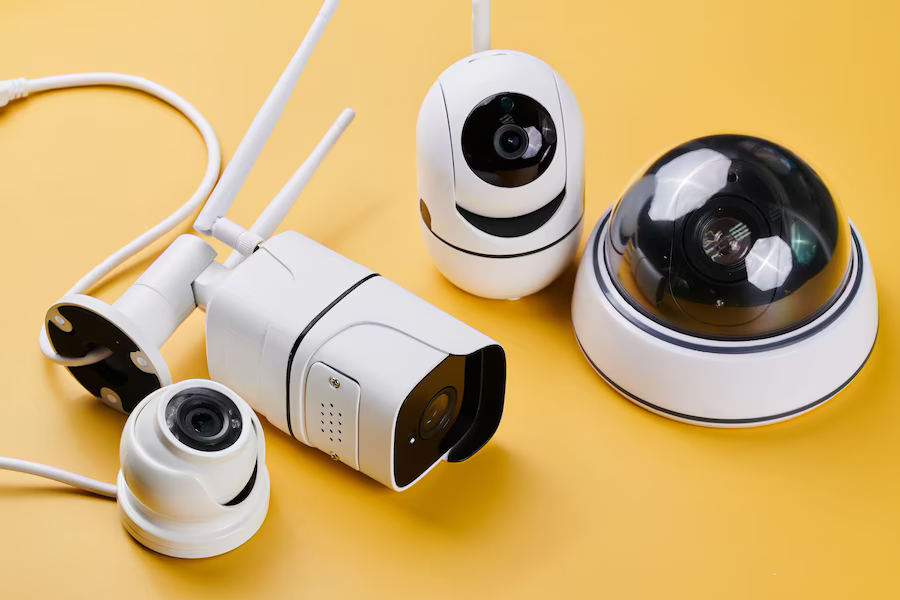
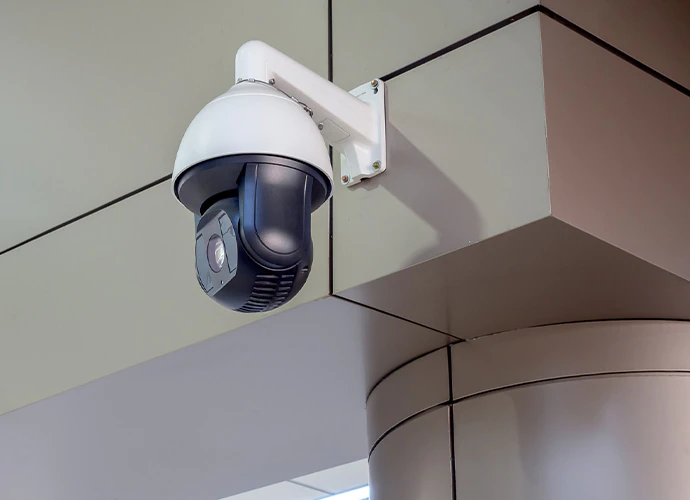
Benefits of CCTV Systems: The advantages of CCTV systems extend beyond mere surveillance. They include:
- Crime Deterrence: Visible CCTV cameras act as a deterrent to potential intruders and vandals.
- Evidence Collection: Recorded footage can serve as valuable evidence in investigations and legal proceedings.
- Remote Monitoring: Access live or recorded footage remotely, enhancing situational awareness and response capabilities.
Features to Consider: When selecting a CCTV system, consider features such as:
- Resolution: Higher resolutions provide clearer images for better identification and analysis.
- Night Vision: Essential for low-light or nighttime surveillance, ensuring continuous monitoring round the clock.
- Remote Viewing: Allows users to access live feeds or playback footage remotely via smartphones or computers.
Installation and Setup: Proper installation and setup are crucial for maximizing the effectiveness of CCTV systems. Considerations include:
- Camera Placement: Position cameras strategically to cover critical areas while minimizing blind spots.
- Wiring and Connectivity: Ensure proper wiring and network connectivity for seamless operation and data transmission.
- Testing and Calibration: Conduct thorough testing and calibration to verify camera functionality and optimize settings.
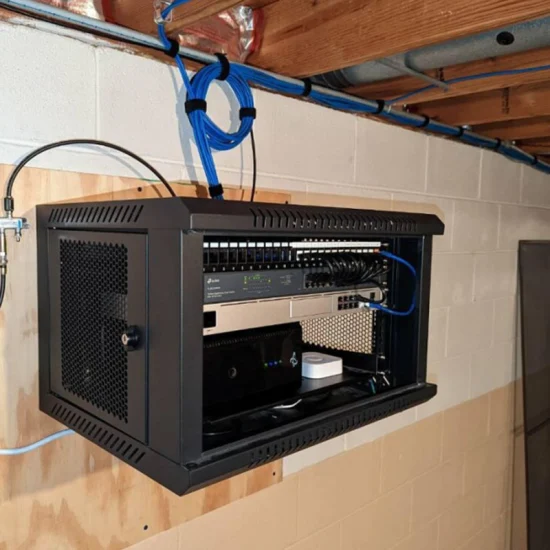
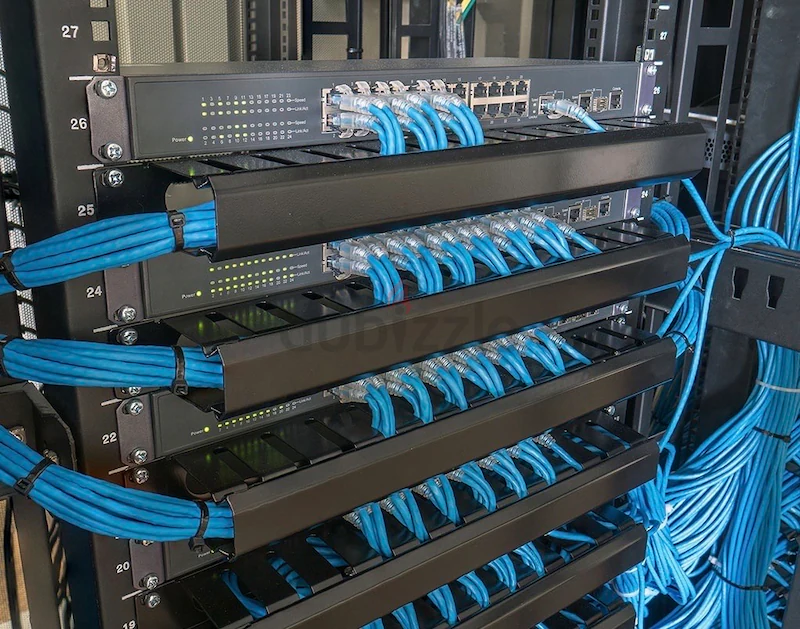
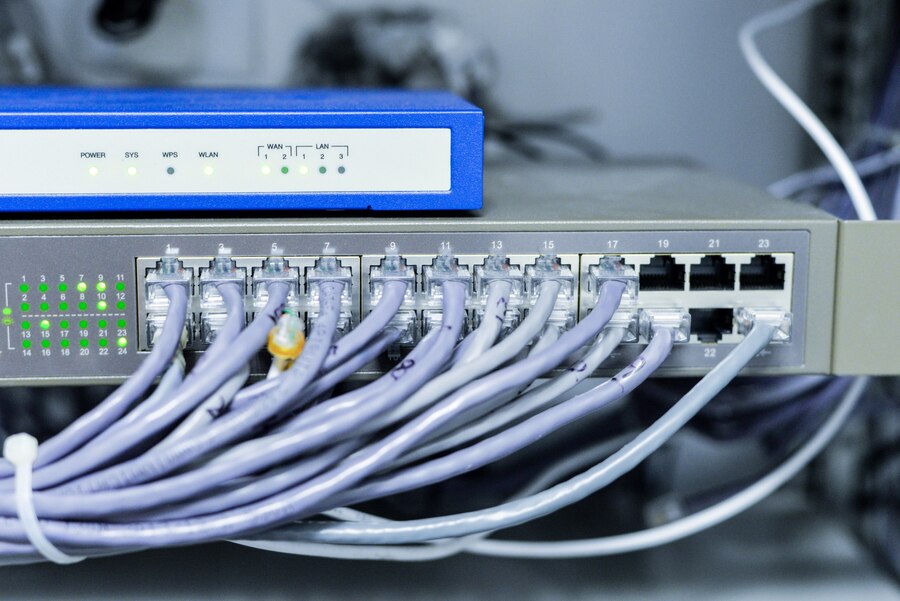
Remote Monitoring and Access: Remote monitoring capabilities enable users to:
- Monitor On-the-Go: Access live feeds or review recorded footage from anywhere, anytime, using mobile apps or web browsers.
- Receive Alerts: Receive notifications of suspicious activities or events detected by the CCTV system, enabling prompt action.
Integration with Other Security Systems: Integrating CCTV systems with other security solutions offers:
- Enhanced Protection: Combine CCTV with access control systems, alarms, and sensors for comprehensive security coverage.
- Streamlined Operations: Centralize monitoring and management of multiple security systems for greater efficiency and effectiveness.
Data Storage and Management: Efficient data storage and management are essential for:
- Archiving Footage: Store recorded footage securely, either locally on DVR/NVR systems or in the cloud for easy access and retrieval.
Access Point Control Systems
Access Point Control Systems are typically used to control access to housing communities, apartment buildings, office building, storage facilities, and industrial complexes. These systems allow central control of complex networks of access control devices at multiple points of entry capable of allowing varying levels of access, one way travel, time restricted access, and more.
